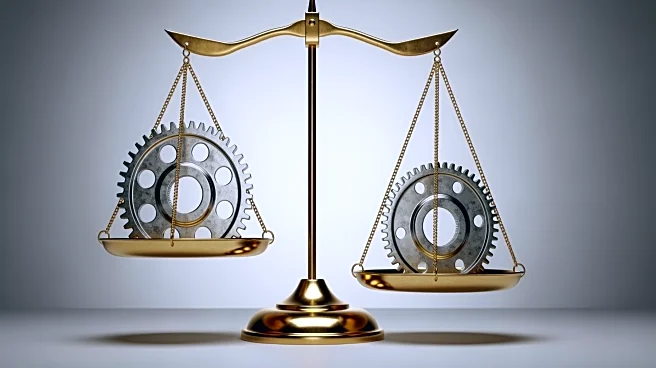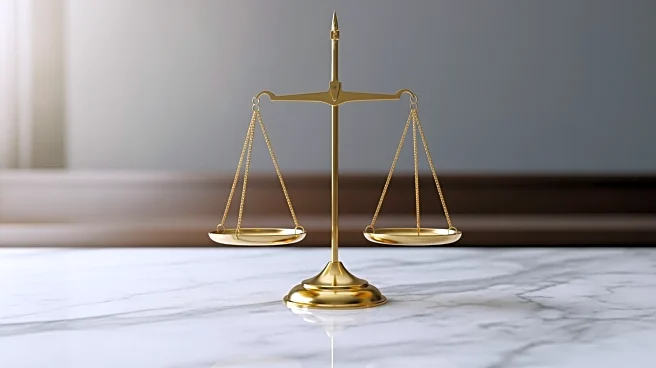What's Happening?
President Trump faces a significant challenge as the Supreme Court deliberates on the legality of his administration's broad tariffs. These tariffs, enacted under the International Emergency Economic Powers
Act, have imposed high duties on key trading partners such as India, Brazil, and China, generating nearly $90 billion in payments from American importers. During a recent Supreme Court hearing, both liberal and conservative justices expressed concerns about the legality of these tariffs. Despite the potential invalidation of these tariffs, President Trump has indicated plans to continue using other legal avenues to impose similar tariffs. Options include Section 122 of the Trade Act of 1974, Section 232 of the Trade Expansion Act of 1962, Section 301 of the Trade Act of 1974, and Section 338 of the Tariff Act of 1930, each providing different mechanisms for imposing tariffs under specific conditions.
Why It's Important?
The Supreme Court's decision on President Trump's tariffs could have significant implications for U.S. trade policy and international relations. If the tariffs are struck down, it may alter the dynamics of trade negotiations and economic strategies with major trading partners. The continuation or modification of tariffs could impact industries reliant on imports, potentially affecting prices and supply chains. Additionally, the decision could set a precedent for the scope of presidential powers in trade matters, influencing future administrations. Stakeholders such as businesses, economists, and international trade partners are closely monitoring the situation, as changes in tariff policies could lead to shifts in market conditions and international trade agreements.
What's Next?
Should the Supreme Court invalidate the current tariffs, President Trump is expected to explore alternative legal frameworks to maintain his tariff strategy. This may involve leveraging other sections of trade laws that allow for imposing tariffs under specific circumstances, such as national security or trade deficits. The administration may initiate new investigations or adjust existing tariffs to comply with legal requirements. The outcome of these actions could prompt reactions from affected countries, potentially leading to negotiations or retaliatory measures. Businesses and trade organizations will likely assess the impact of any new tariffs on their operations and strategize accordingly.
Beyond the Headlines
The broader implications of the Supreme Court's decision extend beyond immediate economic impacts. It raises questions about the balance of power between the executive branch and judicial oversight in trade policy. The use of tariffs as a tool for economic leverage may influence future diplomatic strategies and international relations. Additionally, the decision could affect public perception of trade policies and their role in national economic security. Long-term shifts in trade practices and international agreements may emerge as countries adapt to changes in U.S. tariff policies.













